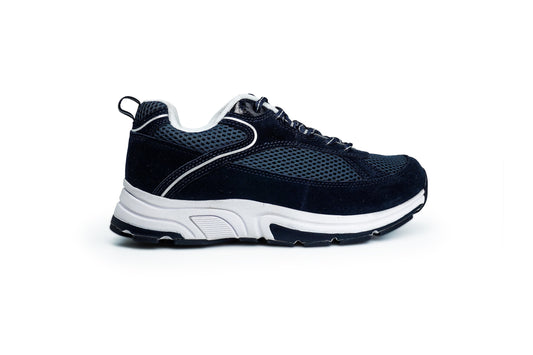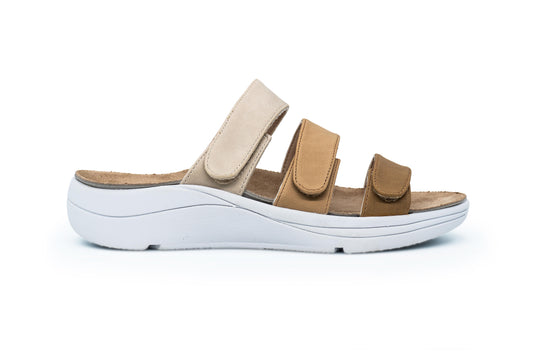Managing Diabetic Foot Pain: The Role of Exercise
Dealing with diabetic foot pain can be challenging, but incorporating exercise into your routine can help manage the discomfort and improve overall well-being. In this article, we'll explore the relationship between exercise and diabetic neuropathy, and how activities like walking can play a crucial role in alleviating foot pain.
Understanding Diabetic Neuropathy: Diabetic neuropathy is a common complication of diabetes characterized by nerve damage due to high blood glucose levels. This condition can cause numbness, tingling, weakness, and sharp pain, particularly in the feet. While there's no cure for neuropathy, lifestyle modifications such as diet and exercise can help manage its symptoms effectively.
The Benefits of Walking: Walking is a low-impact exercise that offers numerous benefits for individuals with diabetes, including those experiencing foot pain due to neuropathy. Regular walking can help manage weight, improve muscle strength, enhance circulation, and regulate blood sugar levels. Additionally, walking promotes better sleep and overall well-being.
Choosing the Right Footwear: When engaging in exercise to alleviate diabetic foot pain, it's essential to wear appropriate footwear that provides support and protection. Diabetic shoes, designed with features like extra cushioning, roomy toe boxes, and supportive soles, can help reduce pressure on sensitive areas of the feet and minimize the risk of injuries. Investing in quality diabetic footwear can enhance comfort and safety during physical activity.
Consulting Your Healthcare Team: Before starting any exercise regimen, it's crucial to consult with your healthcare team, including your physician and podiatrist. They can provide personalized recommendations based on your health status and medical history. Your healthcare professionals can offer guidance on the type, duration, and intensity of exercise that's safe and beneficial for managing diabetic foot pain.
Taking Precautions: While walking is generally safe for individuals with diabetes, it's essential to take precautions to prevent injury and complications. Start slowly and gradually increase the duration and intensity of your walks. Pay attention to any signs of discomfort or strain and adjust your activity level accordingly. Additionally, inspect your feet regularly for any signs of irritation, blisters, or wounds, and seek prompt medical attention if necessary.
Exploring Diabetic-Friendly Products: Consider exploring diabetic-friendly products designed to support your exercise routine and foot health. From therapeutic shoes and orthotic inserts to diabetic socks and foot care accessories, there are various products available to enhance comfort and mobility while managing diabetic foot pain.








